How to Grow and Care Pilea Peperomioides (Chinese Money Plant)
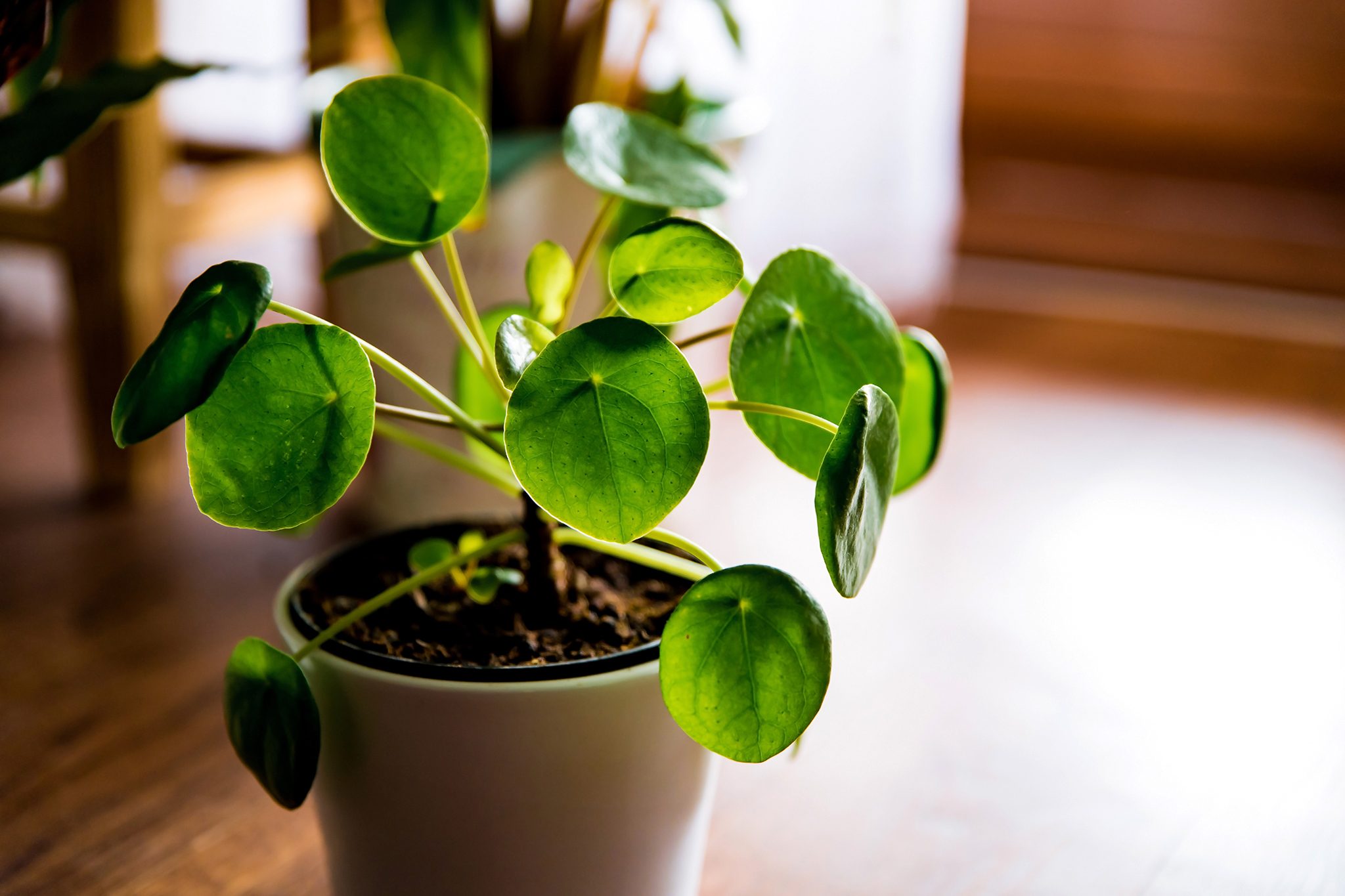
Table of Contents
Do you want to decorate your indoor space with unique greenery? If so, you might need to know about the charming green plant Pilea Peperomioides also known as the Chinese money plant. With its distinctive round leaves and delicate appearance, this plant is always the first choice for growing plants indoors around the world. In the below, article we will explore essential tips and steps to grow and care for Pilea Peperomioides. We will cover the necessary and important information to ensure that the plant thrives.
We will learn about the plant’s native features and how to pot the plant. We will delve into the soil requirements. Discover the appropriate pot size and soil composition that will provide optimal conditions for growth.
By the end of this article, you’ll have a comprehensive understanding of how to nurture a Pilea Peperomioides, ensuring a flourishing and vibrant addition to your indoor garden.
About the Chinese Money Plant
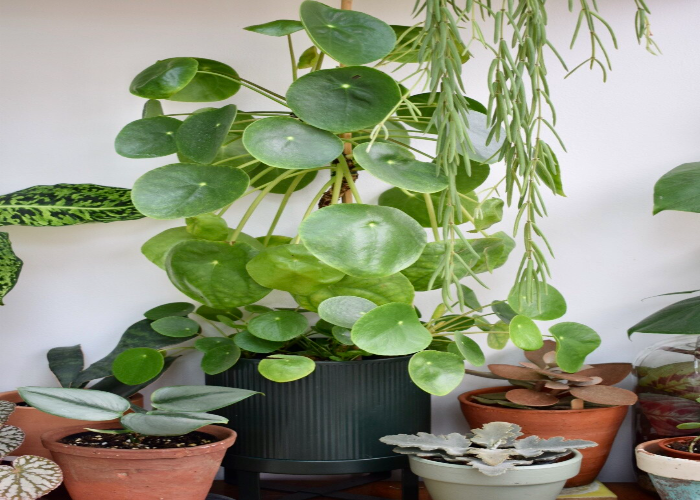
Pilea Peperomioids, the Chinese money plant, have other names like UFO, Pancake, lefse, or missionary plants. They belong to the nettle family Urticaceae and are close to Peperomia. The Chines money plant is native to Yunnan and Sichuan and is a province of Southern China. Chinese money plants are evergreen perennial plants that grow up to 10cm/4 inches in diameter on long petioles. The plant is entirely hairless, and it grows 30 cm tall. The plant is shiny, dark green, with circular leaves, and they love growing in shady places.
The Chinese plant grows in rocks in forests at higher altitudes, and they have been endangered in their native habitat. It is kept in China and worldwide as an ornamental plant. As we know, they need partial exposure and grow well in well-draining soil with acidic and neutral ph. The Chinese money plant bloom during the summer, and the plant produces white flowers. They are difficult to get your hands on but easy to take care of. Propagation will be easy in Chinese money plants because the healthy plants will produce new offshoots, which are easy to separate and create new plants. The plant will produce white flowers, but if kept indoors, they will show poor results in growth and blooming. The Chinese money plant is playful and pleasing to the eyes. It will fill your indoor space and will give a sense of peace in the particular spot.
Potting Pilea Peperomioides – Chinese Money Plant
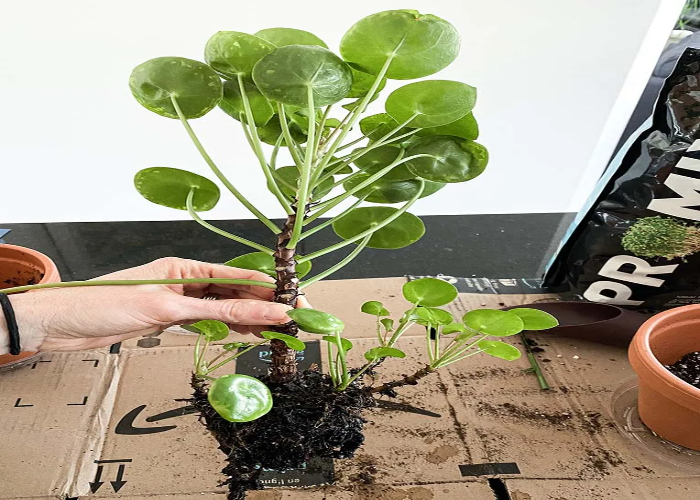
Potting the Chinese money plant and repotting will encourage growth and give the pups space to spread out. Follow the below steps for potting a Chinese money plant.
- To prevent root rot, use a drainage hole pot.
- If you have any favourite pot but no holes, drill a drainage hole into it.
- I would suggest using a terracotta pot since it’s natural clay and will help the soil to breathe.
- To pot the plant, pour some stones on the bottom for 1 inch.
- The rock will drain the Water and help the plant.
- For soil, use a good quality, well-draining potting mix.
- In the mix, add some sand to it.
- The sand in the mixture will help the plant to dry faster.
- Place the plant into the pot and pat them firmly.
- Water them once after potting and wait till the soil dries out.
- During the next watering, check the soil for dryness before watering.
The Right Way to Propagate – Pilea Peperomioides
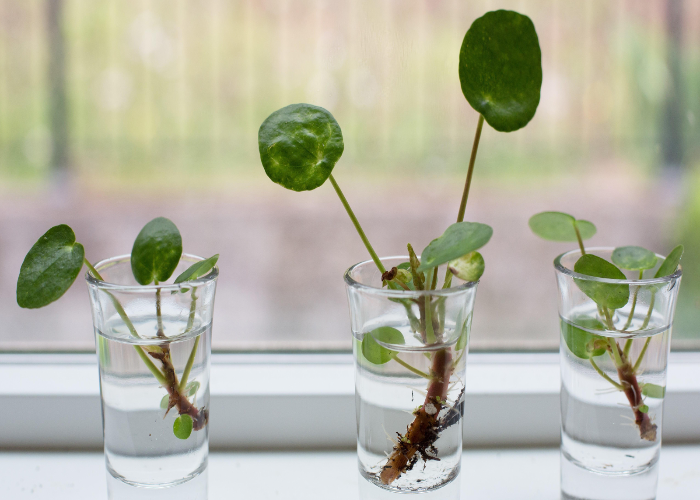
Propagating means to increase the number of plants of a particular plant, to multiply the plant from the existing plant. It will be a fun and easy way to grow your one collection of species. Chinese money plant is easy to propagate. The tropical evergreen plants are also called “Friendship Plants” because the plant will readily send offshoot matured and can be easily separated.
The best time to propagate most houseplants is during their growing season. You can propagate the Chinese money plant any time of the year. But during the growing season, it will show good results in growth. The best would be during the spring and summer seasons. Before propagation, move to a comfortable space to remove the pot easily, and open a newspaper onto the floor to protect the surface and clean the mess. Get ready with all essentials needed for propagation. There are three ways for propagation.
Required Equipment
- Sharp Knife
- Well-draining soil
- Pots
- Glass container
- Water
Method 1: Propagating by Division
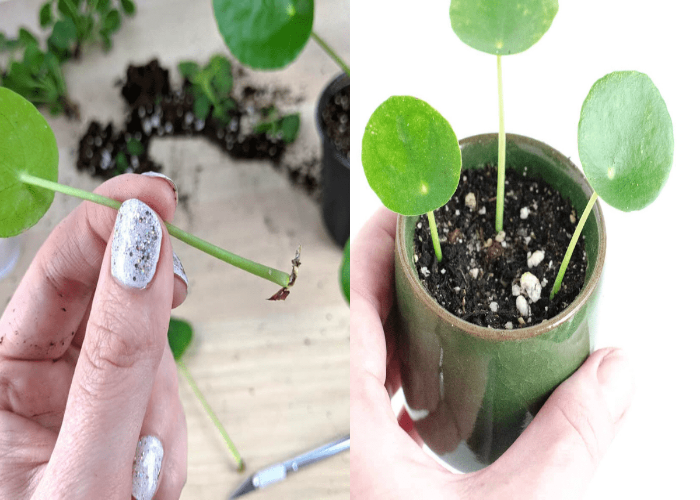
Propagation by Division is the easiest and most reliable method as soon as the plant starts to produce offshoots. Propagate the plant using the division method. Large the offshoot grows easy to separate them from the mother plant.
1. Separate the Offshoots
Remove the mother plant from the pot, so you can see the root system and separate it easily. Gently pull the offshoots from the soil, preserving their root system. Offshoot will grow thick roots that are sent out by the mother plant. So you need to break 2 or 3 three roots. You can regrow them by placing them in the Water.
2. Plant the Offshoots
Prepare a small pot for the offshoots. Fill the pot with potting mix and with well-draining soil. Plant the freshly separated plant in the new container. Pat the slow down firmly around the roots.
3. Water the Plants
Water the newly repotted plant well. Place the pot beside a bright window for indirect sunlight as they need it. Water the plants once a week, and before planting them, check for dryness of the soil.
Method 2: Propagating in Water
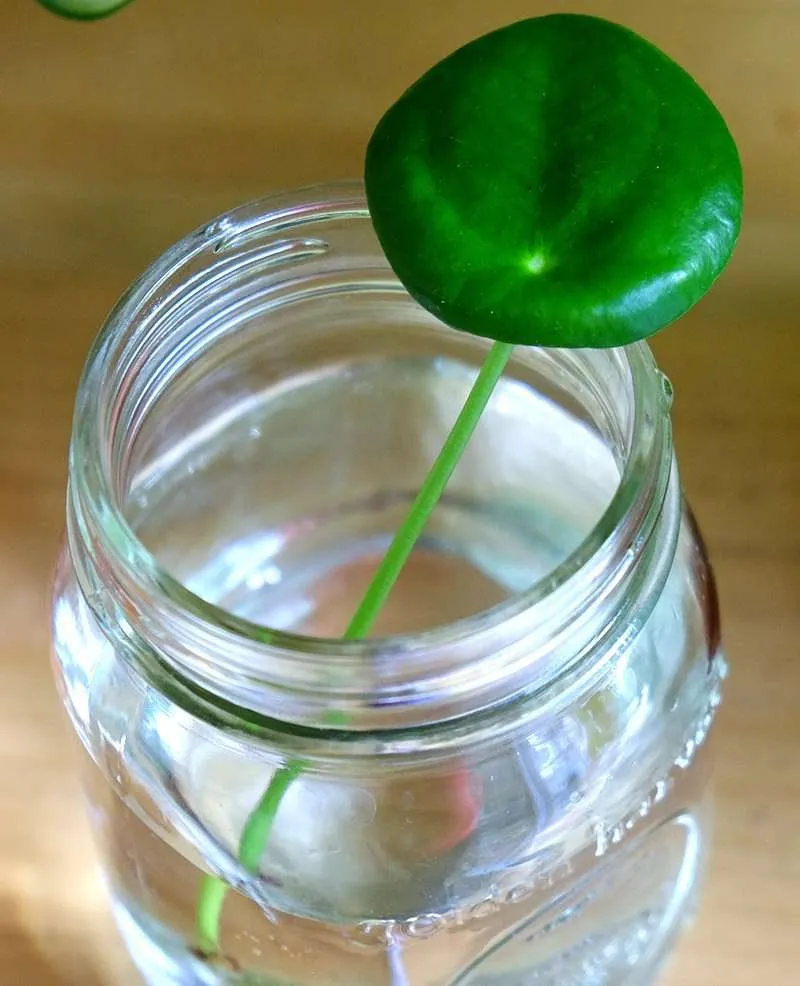
Some plants grow offshoots from the stem, and these offshoots do not have their roots. Like the one from the soil, they will not have their roots. These offshoots will gain energy from the mother plant. When propagating this kind of offshoot, placing them in water till they get their roots is advisable.
1. Separate Offshoots
Separate the offshoots from the mother plant, hold the offshoot at the base of the stem, and put them out gently with a small part of the mother plant. The base of the offshoot should be completely detached from the mother plant.
2. Place in the Water
Take a small glass container and add some fresh water to it. Place the offshoot as the base of the offshoot should be completely submerged into the Water, and the leave should be above the surface of the Water. Place them in a bright indirect sunlight spot and wait for the roots.
3. Transfer to Pot
Once you notice the roots are grown around 1 inch long, transfer them to the pot. Prepare a pot with potting mixture. Plant the offshoots and pat around the soil firmly. Water the plant after potting and place them in a bright indirect light area.
Method 3: Propagating by Leaf Cutting
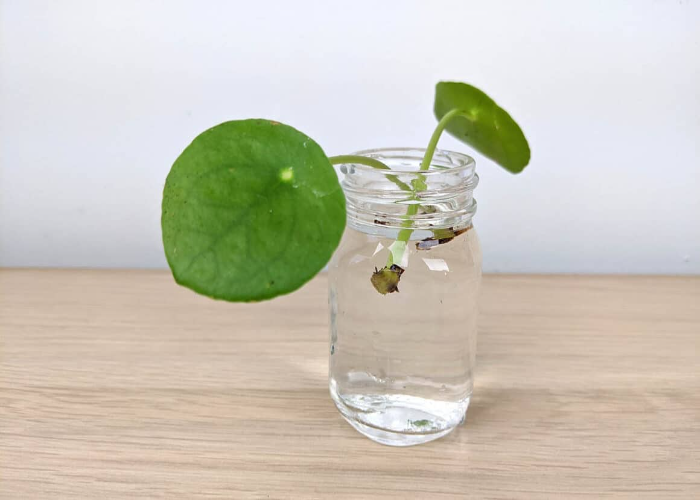
Propagating by leaf cutting is the coolest and less reliable method. It is simple. It is less reliable than the other two methods. This method will take longer if you have younger plants that are not yet producing offshoots.
1. Take Cutting from Healthy Plant
Use a sharp knife to cut the leaf from the mother plant. The plant should be healthy. Cut the base of the stalk from the plant. Taking a small portion of the mother plant stem with it. Cut the of your desired choice but don’t ruin the mother plant.
2. Place in the Water
Prepare small glass containers with fresh Water and place the leaf in the container. The base of the plant should be completely submerged in the Water, and the leaf should be above the surface of the Water. Keep the container in a bright light area.
3. Transfer to Pot
Once the root of the plant is grown at least 1 inch long, transfer them to a pot. Prepare a pot with potting mix and plant them into the soil. Pat the soil around the plant firmly and keep the pot in a bright indirect sunlight area.
Caring for Chinese Money Plant
People believe that the Chinese money plant brings good health and abundance into our lives. Buying a plant and placing it at home is fine. What matters the most is taking care of them. Certain criteria should be considered during Chinese money plant care.
1. Water Requirements
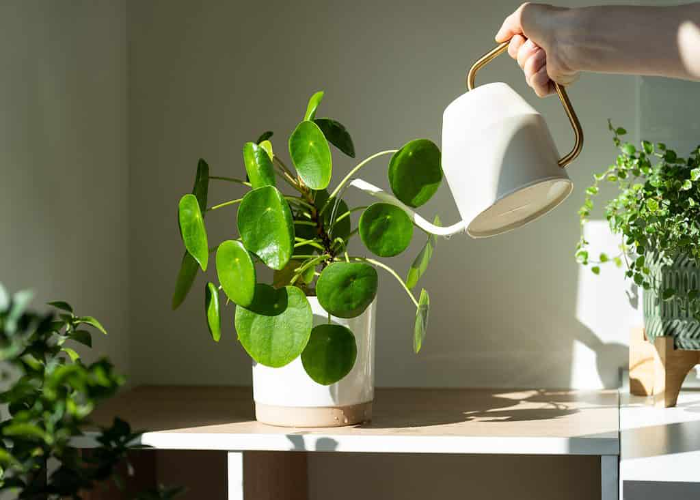
Water the Chinese money plant moderately and do not overwater them. They like to dry out between watering, and they do not like soggy soil. Use your fingers, touch the soil, and if it is heavy from the last watering before watering them again. If it is dry Water again. They like to dry between watering but do not let them over-dry.
Although they are hardy and can withstand dryness, they can still handle it. Water the Chinese money plant care once a week. Overwatering may cause root rot which is unhealthy for the plant. There is no exact amount of Water needed by the plant, and it depends on other factors like light, soil, and weather. They prefer air moisture levels over 50%.
2. Soil Profile
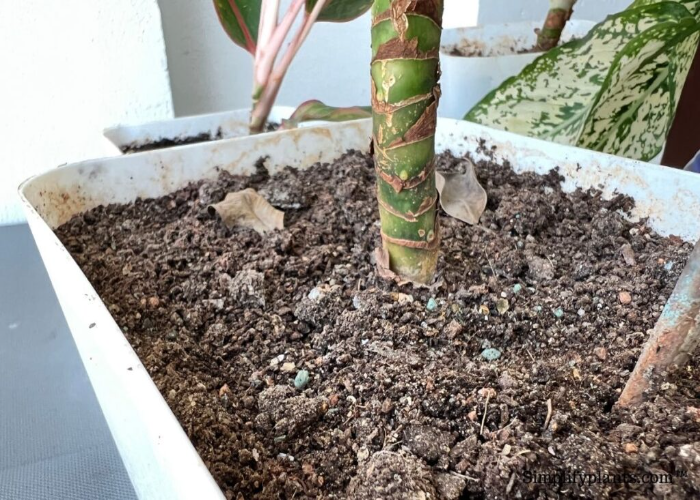
As we know, overwatering the plant will cause root rot, and they do not like wet soil. So, the plant should be offered with good drainage. Use a soil mixture and add some grit materials to it. Generally, potting soil will retain too much Water, so add 20% of perlite and fine orchid bark to the mixture.
Create air pockets for the free flow of Water so it won’t choke the root. Choose a planter that has drainage holes at the bottom. Keep the pot on top of a saucer and remove the excess Water. This will take time for the Water to flow out into the saucer. So, the Chinese money plant care in the UK gets what it only needs.
3. Provide Proper Sunlight
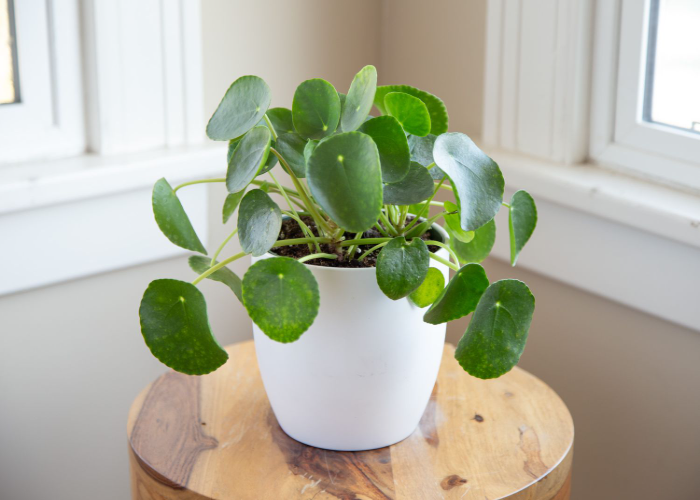
Chinese money plant care in the UK loves lights, and they want indirect sunlight. Put them in a pot and keep them under direct sunlight as they will burn. Place them in a bright indoor place like a window which gives bright and indirect sunlight. These plants mostly occur in shaded forest regions, so they prefer indirect or partial light.
Make sure you do not keep them in the dark, and it will affect the growing pace. If you are in an area during a particular season where the light is low, try artificial lighting. Because the habitat where they natively grow will barely have sunlight, they will adapt and withstand freezing temperatures. The plant will stop growing if conditions get cold.
4. Need for Fertilisers
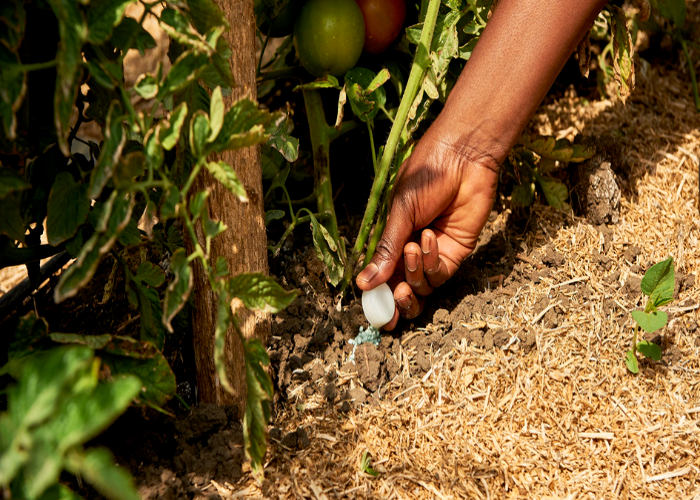
Chinese money plants will grow pretty quickly, and adding some extra nourishment will help in speeding up the process. You can add fertilizer when it has been a long since you repotted. The nutrient in the soil would have depleted.
The plant doesn’t need a lot of fertilisers. Apply some regular liquid houseplant fertilizer. Fertilize the plant during the growing season only, and if suppose the plant is suffering from further growth or not growing, do not apply fertilizer. It will damage the root and will make things worse for the Chinese money plant care uk.
Pests and Diseases Affecting Chinese Money Plants
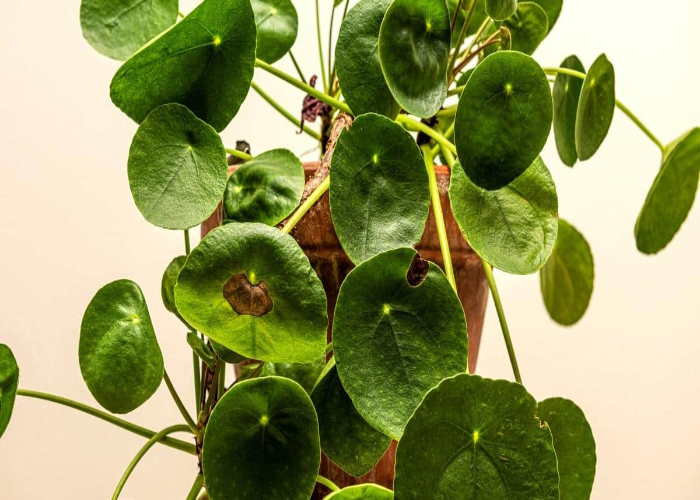
1. Pests
Chinese money plant is not prone to particular pests or disease. If they are grown indoors, they will be attacked by common houseplants’ pests. Keep an eye on the mealybugs, scale, fungus, and spider mites’ presence. If there is any sign of infestations, treat them accordingly.
2. Problems
When the leaves in plants curl up along the edges, it is because of lack of indirect sunlight, room temperature is too high, and humidity is too dry. Watering the plant too much or too little will also cause this problem. There will be discolouration in leaves because of the above factors.
Final Thoughts
All in all, you have gained valuable insights into how to grow and care for Pilea Peperomioides, a Chinese Money Plant. Follow the above points and keep the criteria in mind while growing or binging a money plant at home. Remember, creating a correct environment for the plant is important, as it will thrive for a long time. Keep in mind its native habitat when it comes to lighting, temperature, and humidity. Provide them with the right adequate sunlight, maintain a suitable temperature, and provide them with the right amount of Water.
Proper potting and soil composition are equally essential. Choose the right pot size that can accommodate the Pilea’s growth, and use well-drained soil to prevent water-logging. This will help the plant in root development. Apply the knowledge gained from this article and grow a Chinese money plant at home in your favourite space.
The Chinese money plant has a unique charm and vibrant appeal that will decorate your indoor space.

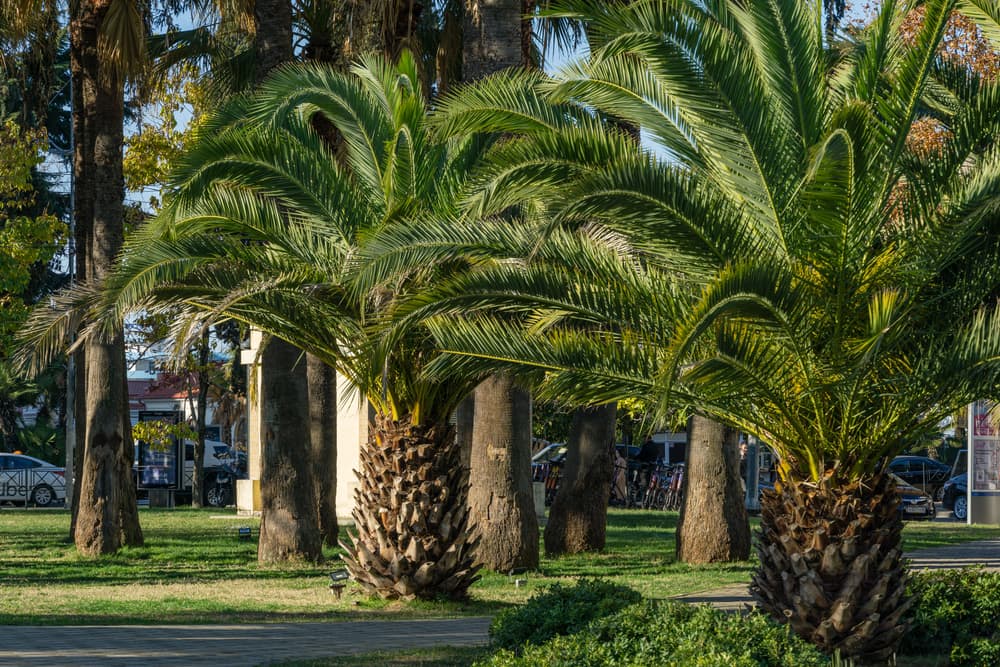
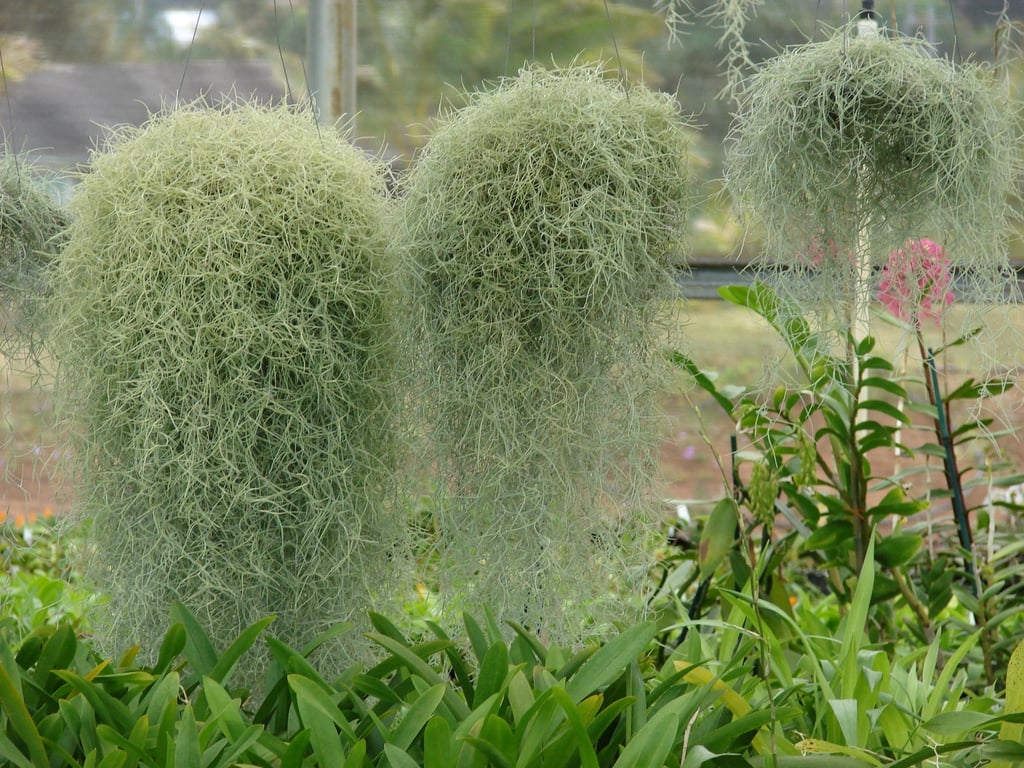
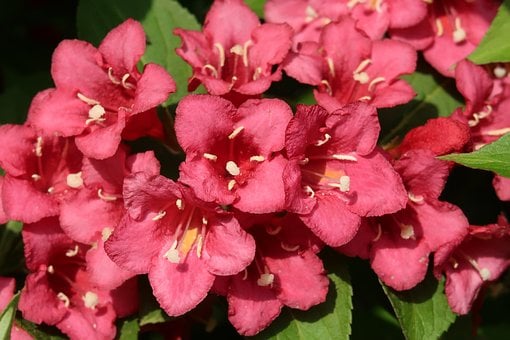
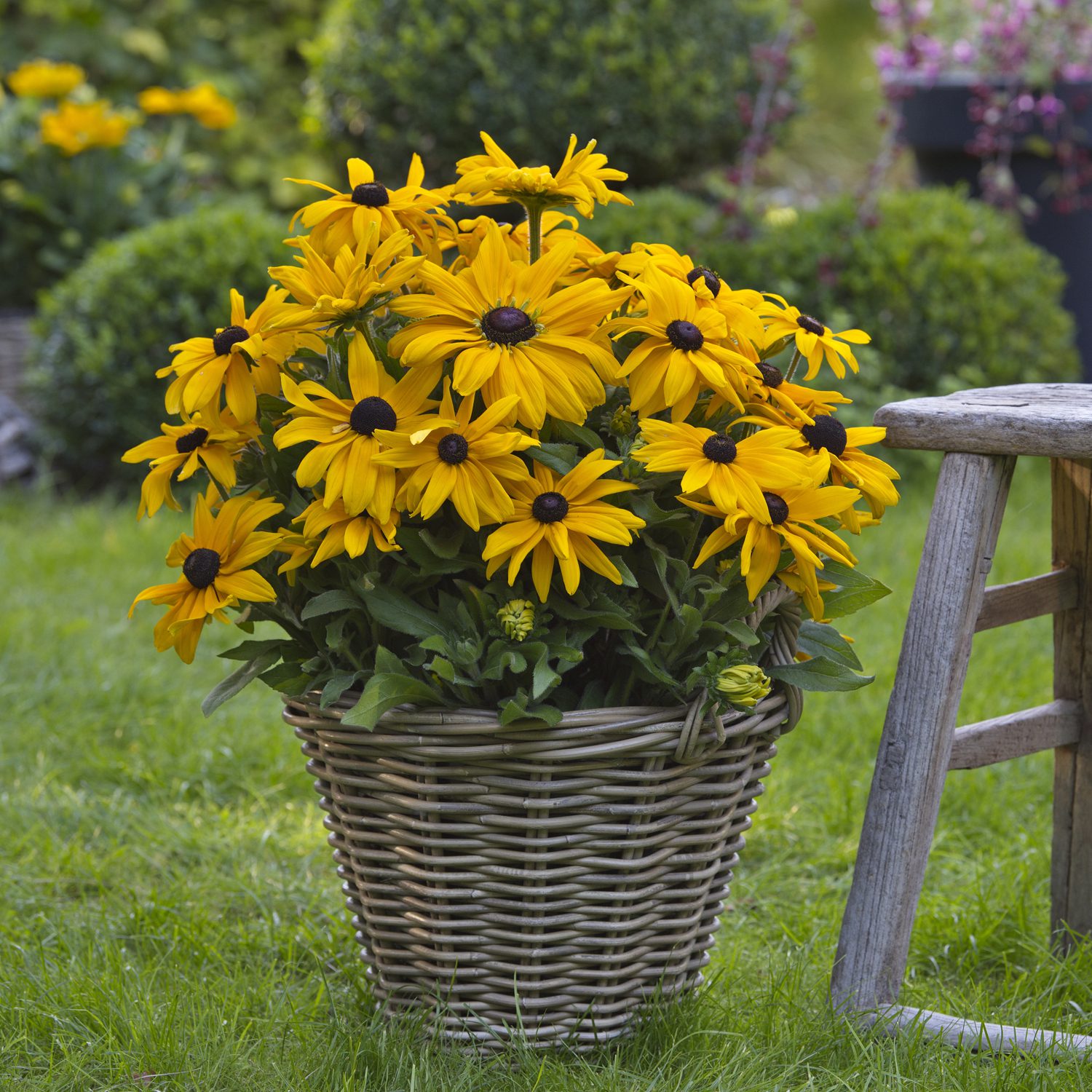
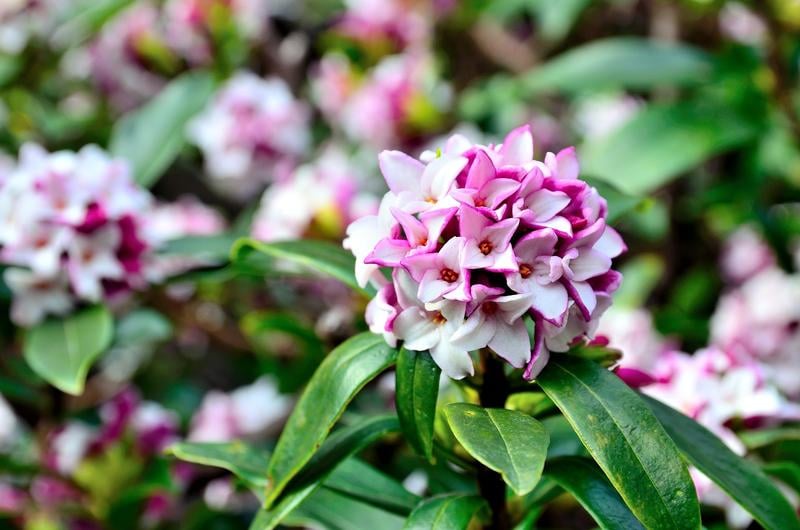
![How to Grow and Care for Berberis ‘barberry’ Plants [UK]](https://staging.thearches.co.uk/wp-content/uploads/Berberis-Barberry-Care-Growing-Tips-scaled.jpg)